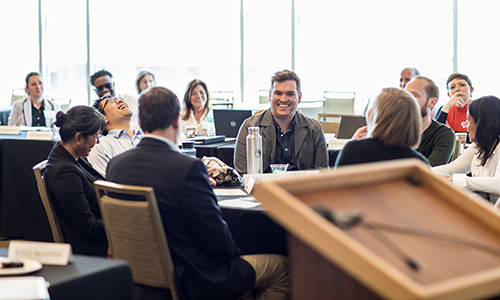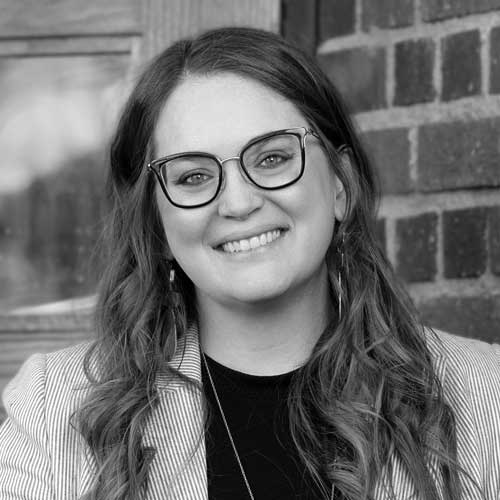Building a Better Bar Project Nears End of New Lawyer Focus Groups, Begins Qualitative Analysis
 The bar exam is designed to test whether law school graduates have attained sufficient knowledge and skills to practice law—in other words, whether those seeking admission to the bar are at least minimally competent. Given the importance of this concept, ensuring that “minimum competence” is well-understood and that its definition is grounded in research is paramount. However, there is not currently an agreed-upon, empirically based definition of minimum competence. And with the February bar exam being administered this week, the gravity of the situation is amplified in our minds.
The bar exam is designed to test whether law school graduates have attained sufficient knowledge and skills to practice law—in other words, whether those seeking admission to the bar are at least minimally competent. Given the importance of this concept, ensuring that “minimum competence” is well-understood and that its definition is grounded in research is paramount. However, there is not currently an agreed-upon, empirically based definition of minimum competence. And with the February bar exam being administered this week, the gravity of the situation is amplified in our minds.
Our Building a Better Bar project is addressing this gap in our collective understanding through a series of focus groups with new lawyers—as well as some who supervise new lawyers—conducted in 12 states. Since the project’s launch last July, we have made significant headway. Our first focus group session was in August and, as of mid-February, we have held nearly 40 sessions. We will wrap up all focus groups in March.
As we move closer to completing the data collection phase of the project, we have begun working on coding the focus group transcripts and preparing for a thorough analysis of the rich qualitative data we have gathered. While we still have much work to do, our precursory review of the data reveals a great many insights with respect to topics such as:
- The degree to which new lawyers rely on memory
- How new lawyers interact with clients
- Their understanding of professional responsibility
- Perspectives on issue spotting
- Thoughts on research and writing skills
- The kinds of information most useful for avoiding mistakes as a new lawyer
Focus group participants represent a diverse set of perspectives. In terms of demographic characteristics, just over half of our participants so far have been women and about one-third have been people of color. With respect to practice, about three-quarters handle at least some litigation, while just over one-third handle transactional work—and many participants work in both areas. About three-quarters of our participants so far have come from a mix of private practice settings, including very large, large, medium, and small firms, as well as solo practice; the remainder practice in government, public interest, or in-house settings. While these numbers are preliminary, they shine light on the wide range of viewpoints we are capturing through this study.
We will release the final report near the end of this year.



